Celebrating Traditional Chinese Cuisine with Hannah Che
Meet Hannah Che. We had the pleasure of talking with Hannah about food, traditions, stories, and her new cookbook The Vegan Chinese Kitchen. Read the […]
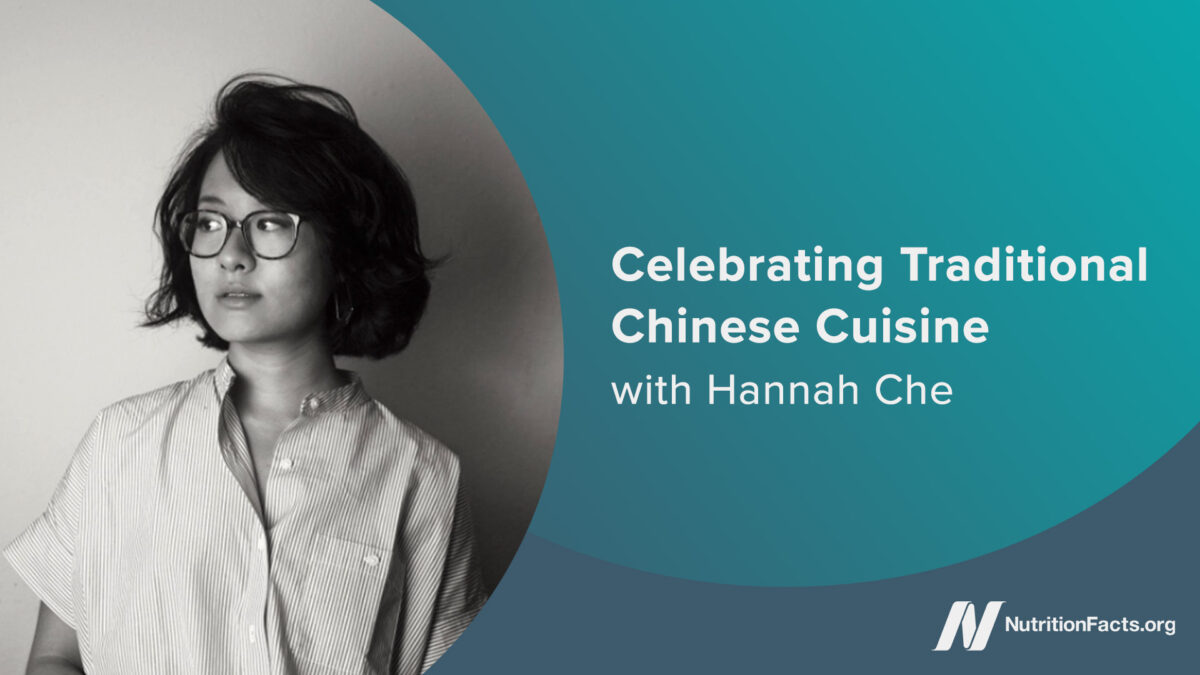
| Meet Hannah Che. We had the pleasure of talking with Hannah about food, traditions, stories, and her new cookbook The Vegan Chinese Kitchen. Read the interview, and try her delicious recipe for millet congee. |  |
In your experience, how have you found food to tell a story and shape culture?
Coming from an immigrant family, food is the language we use when words don’t suffice. I can learn so much about someone by watching them cook and seeing who they cook for, asking about certain dishes that are special to them, or learning about the people who cooked for them while they were growing up. Food is mundane and ordinary, but eating is something we do three times a day. Just by nature of its universality and frequency, it reveals so much about us. Also, the best conversations I’ve had have been over a meal. Sharing food opens people up like nothing else.
How do you educate people about the intersection of food, history, health, activism, and culture?
I always try to include the story behind the recipes I share—either my own personal connection to a specific dish or the origins or traditions that inform my understanding of an ingredient. It’s easy to just present a dish with no context, but having to actually do the work and learn about something you might be unfamiliar with enriches both your knowledge and the experience of the person reading about or eating the food.
What are some plant-based ingredients and vegan dishes you would like to highlight as traditional to your culture?
Traditional Chinese home-cooking actually contains very little meat and is centered around vegetables, especially fresh leafy greens. It’s hard to name a single dish because they’re all so delicious, so I want to highlight tofu in particular. Tofu originated in China and served as the main plant-based protein source for the population. It’s considered a common, wholesome ingredient in China, not a vegetarian “meat substitute.” It solved a major food issue: Soybeans were cheap to grow but hard to digest when eaten whole, but soaking and grinding them into soymilk, then curdling the milk into a soft curd produced a supremely digestible and complete protein that could be steamed, boiled, fried, braised, dried, and used in all sorts of delicious ways. Tofu often gets a bad rap in the West, but it’s really an ingenious food and, in my opinion, one of the best inventions in food history.
Do these foods or dishes have any significant meaning or history?
There is a whole subset of Chinese cuisine called zhai cai that originated in vegetarian palace cooking and Buddhist temples, where monks fashioned imitation meats using vegetarian ingredients like tofu and tofu skins, mountain yam, gluten or seitan, and grains. It’s an old and highly developed tradition that existed long before modern mock meat brands, and, even today, if you visit Chinese restaurants in the United States or Asia, you’ll find roast duck, pork, and chicken dishes made entirely with vegetarian ingredients.
As a chef, what do you envision as the way forward to encourage people to include more fruits and vegetables into their diets?
I’ve found people are really open about trying out new types of food, and the increasing diversity in mainstream food culture is great because every culture cooks vegetables differently and brings its own sets of spices, aromatics, seasonings, and methods you can learn from. In my personal experience, eating plant-based not only hasn’t limited my options, but it’s actually opened up new realms to explore. If you aren’t a fan of a certain vegetable, try it in a different dish, using a different preparation—you’d be surprised with what you end up liking. And hit up the farmers’ markets. Don’t just stick with boring grocery store green cabbage when you can try savoy, napa cabbage, pointed white cabbage, or Taiwanese flat-head. Go for the shallots, that gorgeous purple cauliflower, the heirloom tomatoes, kabocha squash, little shishito peppers, and anything else that gets you excited to cook and eat.
Please tell us a little bit about your work and career.
My career as a chef began when I moved to China in 2019 to train at culinary school. Initially, my plan was to do research on the cuisine for my cookbook, but I fell in love with professional cooking and have been working in restaurant kitchens since then. I joke that I’m a musician gone astray. I have two degrees in piano performance, but I’ve always been interested in food, too, and found the way that cooking combines practice and craft with creativity, personal expression, and bringing people together in a tactile, memorable, and communal experience to be very similar to performing music.
Please tell us a little bit about your new book.
My debut cookbook,The Vegan Chinese Kitchen, contains stories both from my travels and culinary school experience, as well as growing up in a Chinese-American family. It features more than a hundred recipes from the subset of Chinese cuisine traditionally centered around simple and delicious ways to prepare vegetables, fruits, and grains. I organized the recipes by ingredient types, so each chapter will contain recipes specifically for leafy greens, fruits like peppers and gourds, root vegetables, grains, tofu, yuba, and seitan, for example. I hope it serves as a practical book to cook from and a reference guide, as well as a source of inspiration. I wrote The Vegan Chinese Kitchen while living in China and Taiwan, but I tested and shot all of the recipes in my parents’ home. They live in a rural area of the United States, an hour away from the nearest Asian grocery, so I know all of the dishes are totally doable and accessible for home cooks in the West!
Millet congee
Xiaomi zhou 小米粥
SERVES 4 TO 6
Since millet is coarse and dry, it’s most often cooked into congee in northern China. The hard yellow grains break down into soft and creamy flecks, and the satiny skin-like layer that develops on the surface of the bowl of congee is considered the most nutritious part. In traditional Chinese medicine, millet is said to support digestion, improve appetite, nourish qi, and prevent blood deficiencies. My mom likes to use northeast-style millet, a variety that’s larger and stickier. It can be found in the dried goods section of Asian supermarkets. This can be a plain congee to accompany savory dishes or steamed buns, or you can add some diced sweet potato, kabocha squash, and jujube dates or goji berries for natural sweetness.
|
½ cup (100 g) millet STOVETOP: Place the millet in a sieve and rinse it thoroughly under running water until the water runs clear. In a heavy-bottomed saucepan, bring the water to a boil over high heat, then add the drained millet and sweet potato or squash (if using). Reduce the heat to maintain a slow simmer, partially cover, and cook for about 30 minutes, stirring occasionally. The porridge is done when the millet is tender and the grains have “bloomed.” At this point, you can either serve it immediately or cook it for another 10 minutes for a thicker, creamier consistency. Top with jujube dates or goji berries (if using). |
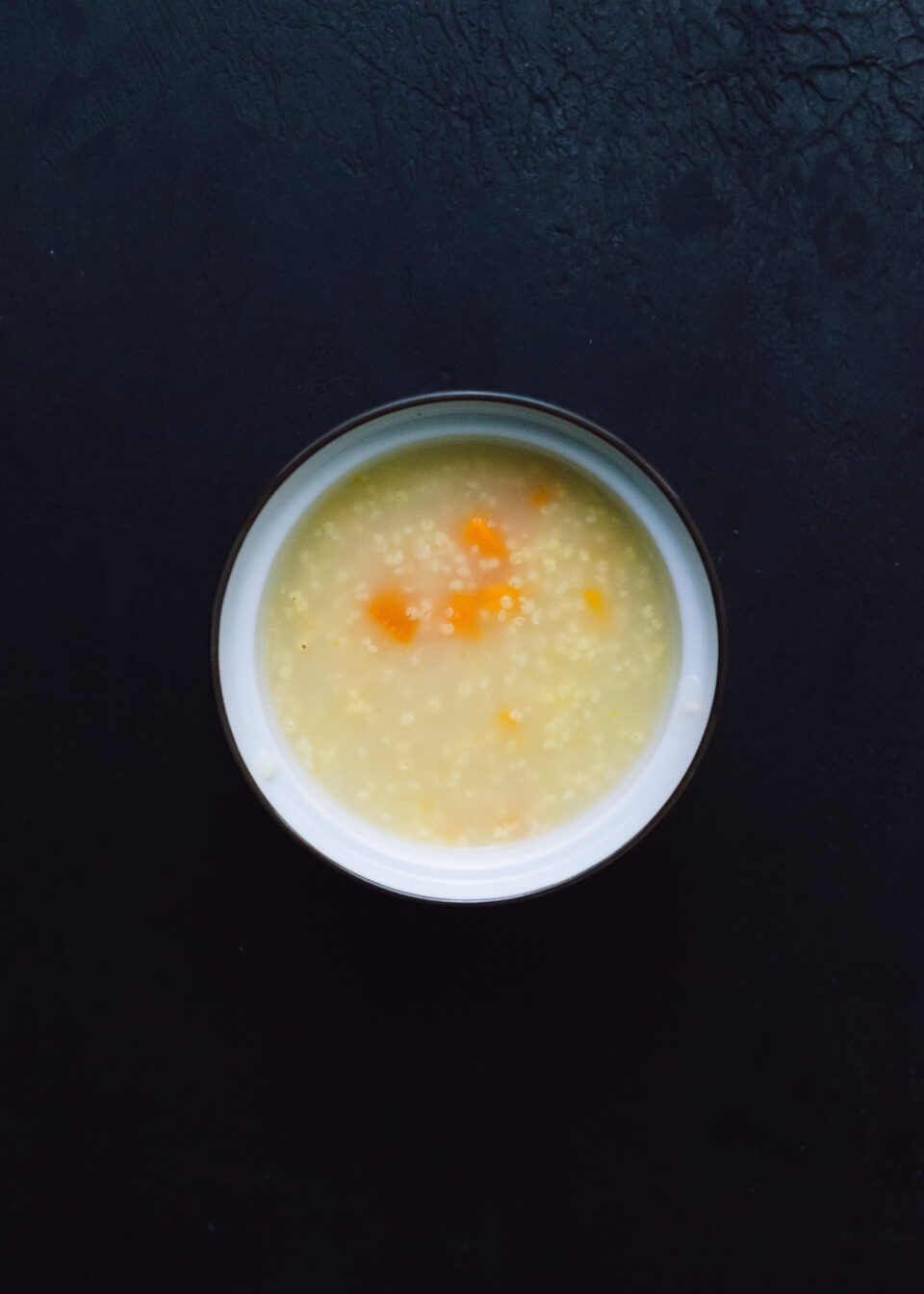 |
PRESSURE COOKER: Place the millet in a sieve and rinse thoroughly under running water until the water runs clear. Place the drained millet and water in the inner pot. Program to cook on the manual setting on high pressure for 15 minutes, and set the pressure valve to seal. After the timer beeps, allow the pressure to release naturally for about 15 minutes. (Do not quick release the pressure as the starchy liquid will clog the valve.)
Che, Hannah. The Vegan Chinese Kitchen (p. 291). Clarkson Potter.
You can find Hannah at theplantbasedwok.com, on Instagram and TikTok @hannah.che, and on Youtube: Hannah Che.

 FrankLin
FrankLin 







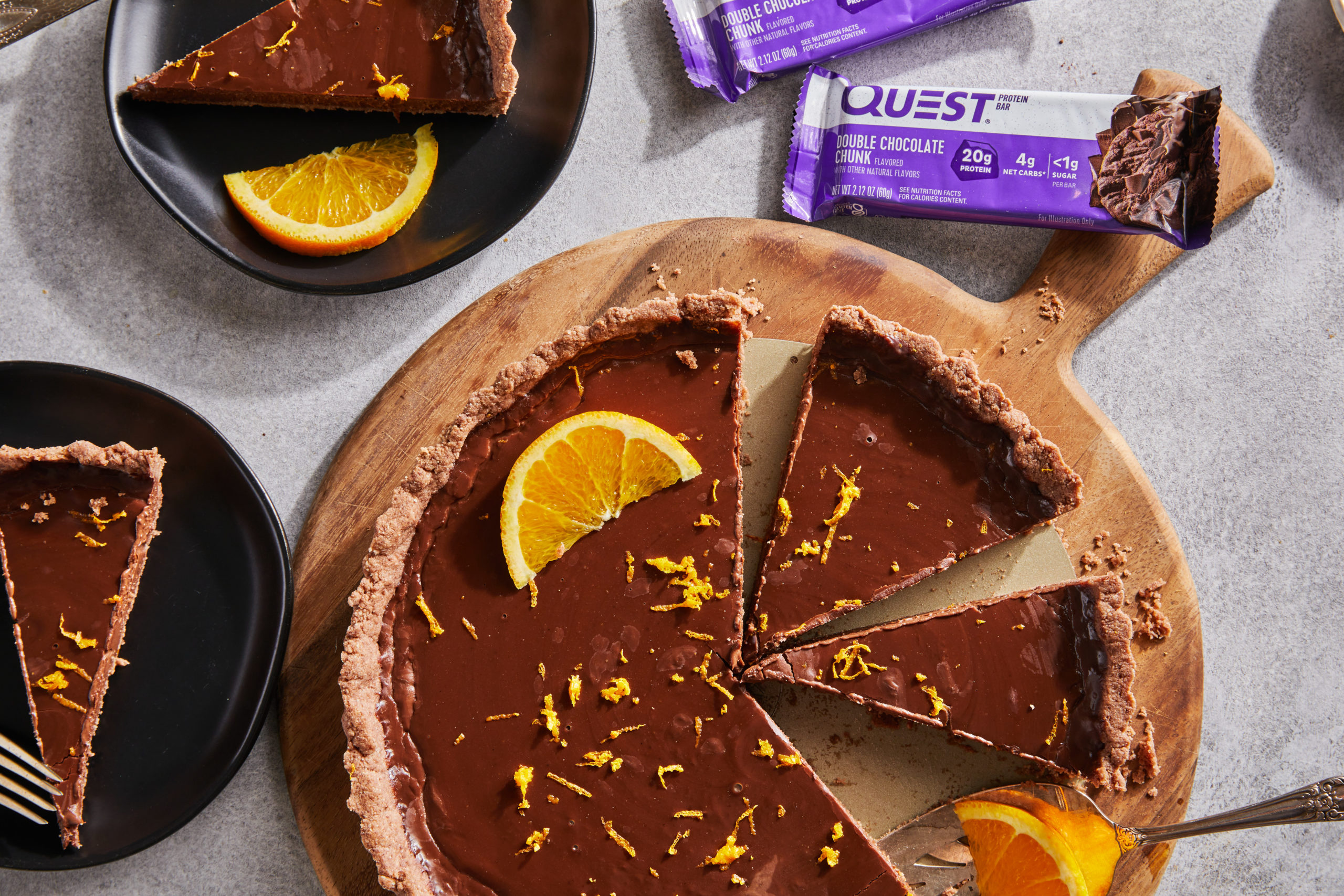
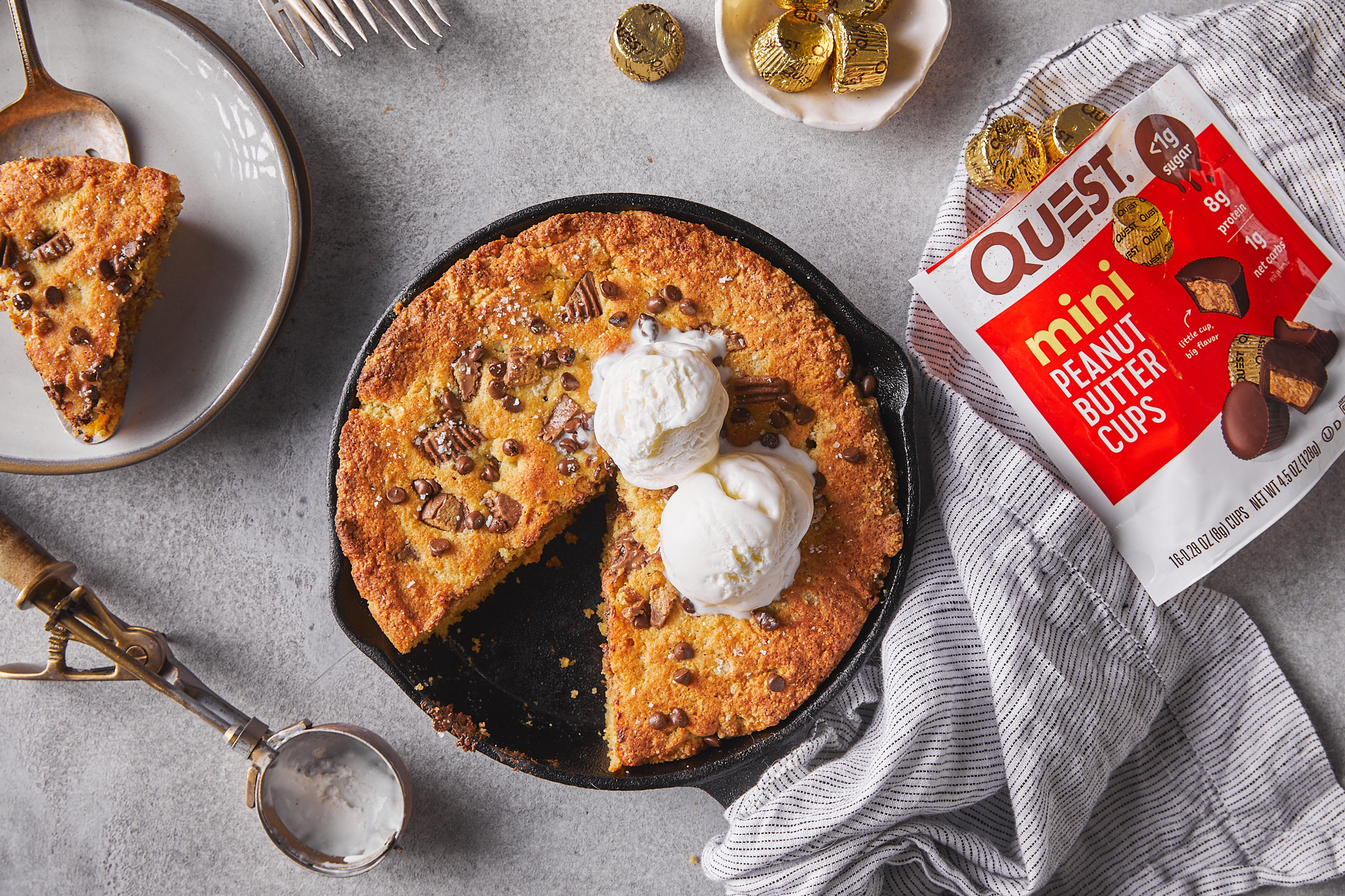


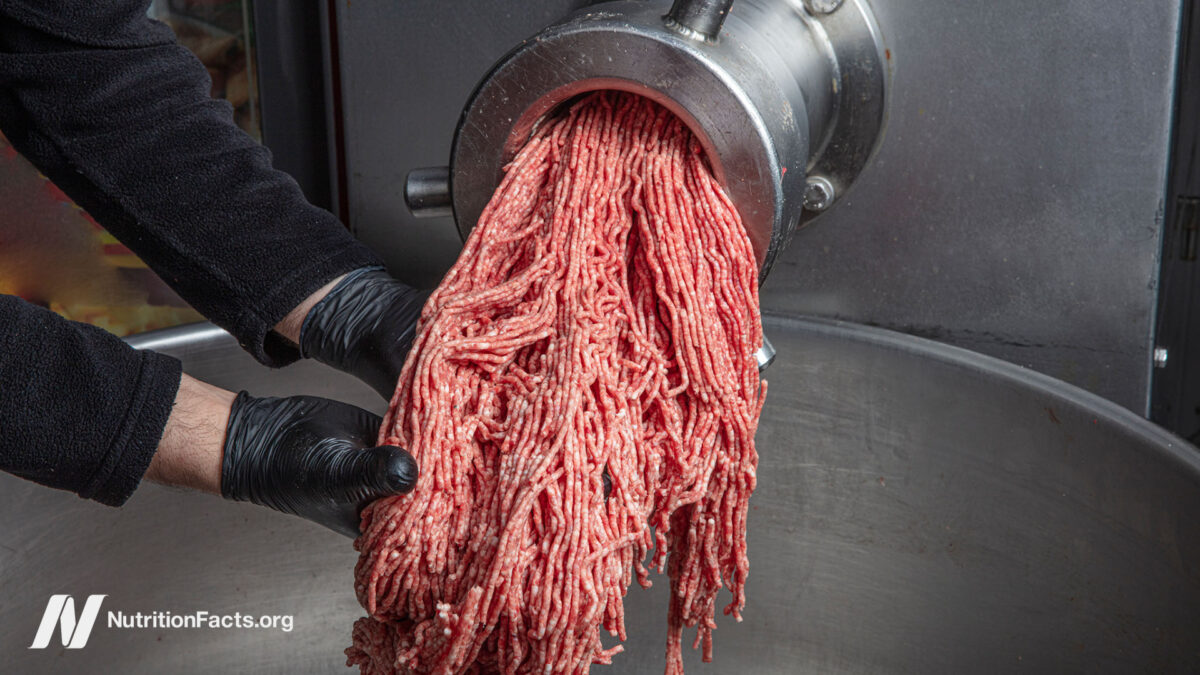














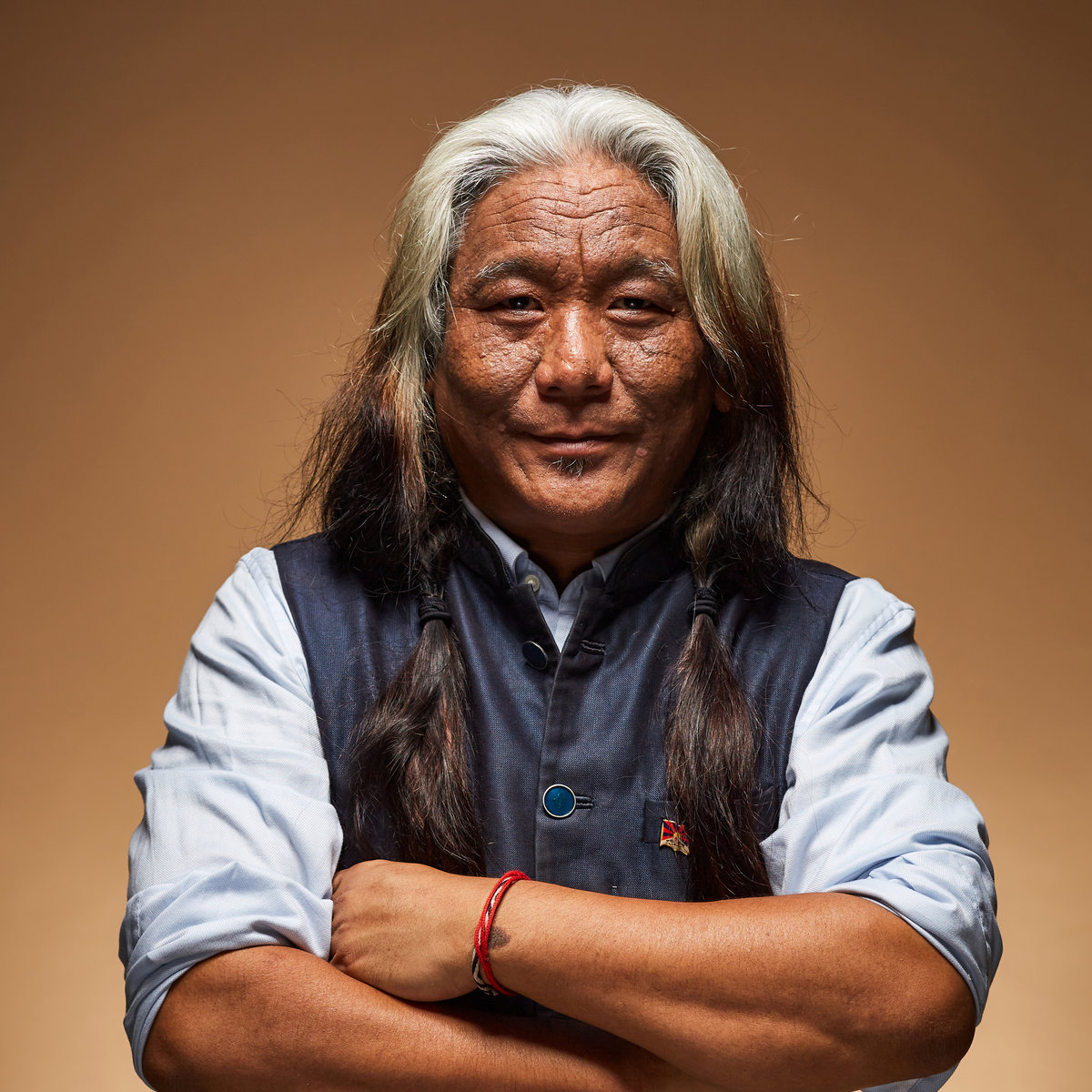


.jpg)

